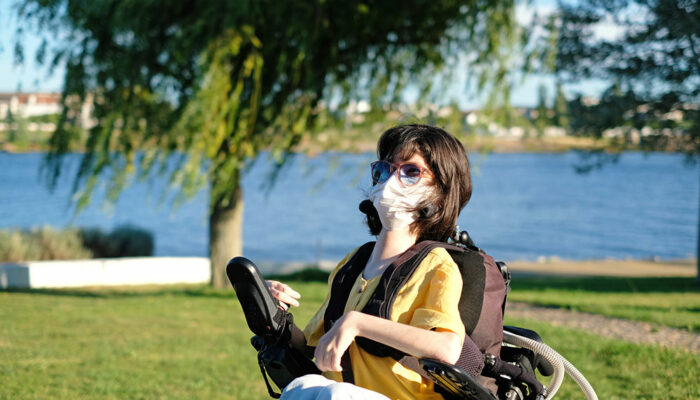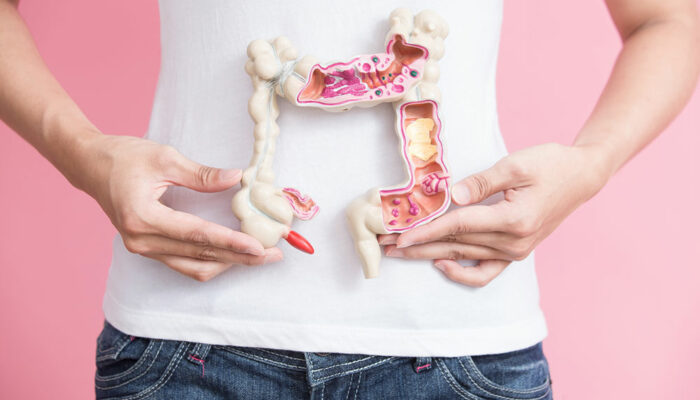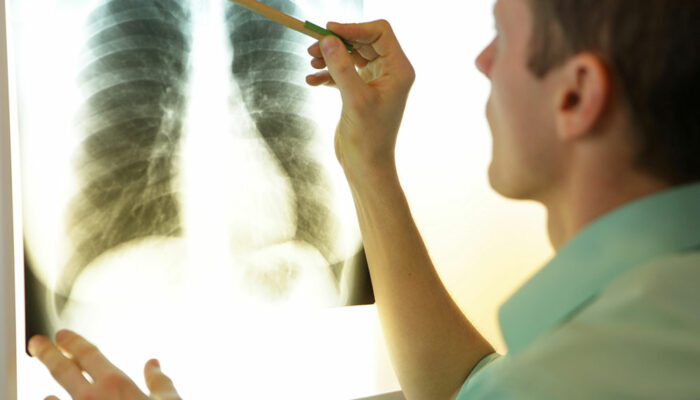
Health
Top 6 foods for keeping anemia at bay
Anemia is a common condition characterized by a deficiency of red blood cells or a diminished ability of these cells to carry oxygen. The condition can cause fatigue, weakness, and other health issues. To prevent such a deficiency and maintain optimal health and vitality, it is crucial to follow a balanced meal plan rich in essential nutrients. So, here are a few foods that can help keep anemia at bay: Salmon Salmon, a fatty fish, is not only rich in omega-3 fatty acids but is also a valuable source of heme iron. Further, omega-3s offer anti-inflammatory properties that can help address underlying conditions contributing to anemia, making salmon a well-rounded choice for preventing this condition. In addition to heme iron, salmon contains vitamin B12, a nutrient vital for red blood cell formation. It also offers vitamin D, which helps in absorbing calcium and maintaining bone health, and selenium, an antioxidant that protects red blood cells from oxidative damage. Beef Beef is a potent source of heme iron—a highly absorbable form of iron found in animal products. Heme iron is particularly helpful in preventing a type of anemia called iron-deficiency anemia. Beef also provides an array of essential nutrients beyond iron.
Read More 








